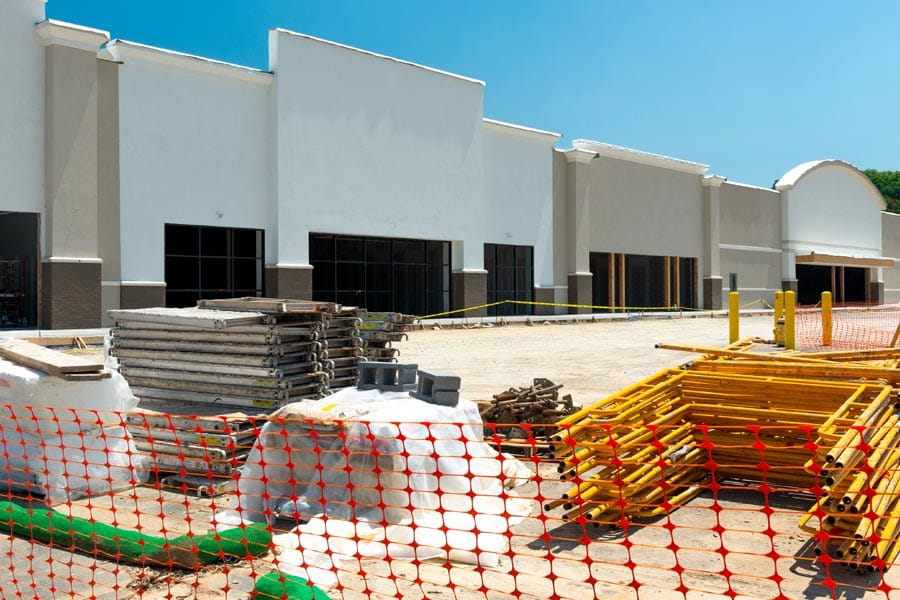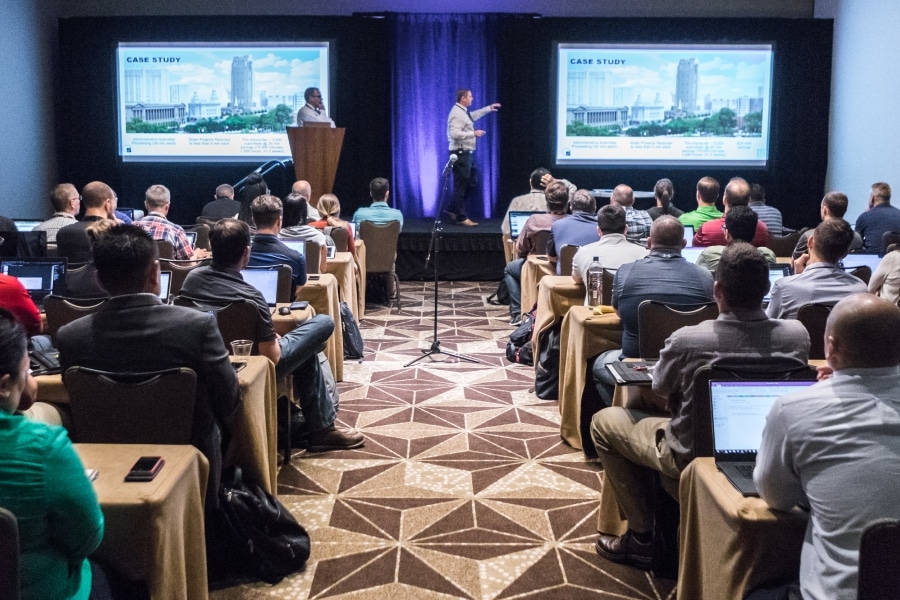The retail shopping mall is dying.
At least that’s the sentiment shared by most. CNBC reports that 25% of malls in the United States are expected to shut down within the next five years. Large mall owners are drowning in debt. The COVID-19 pandemic shattered the brick-and-mortar retail sector as consumers moved much of their shopping online. Developers, cities and towns are searching for ways to make use of already-dead malls, as many seek to convert their remains into affordable housing, offices and gyms.
For others, the shopping mall isn’t dead quite yet. Yes, the great indoor shopping mall—where teenagers congregate, food courts flourish and escalators shutter crowds to a multi-level retail experience—is likely in the rearview mirror. But as pandemic lockdowns ease and people are eager to re-enter the world, the in-person, outdoor shopping experience maybe on the precipice of a renaissance.
Join Built, the Bluebeam Blog, in the above video as we dig deeper into the future of malls.











